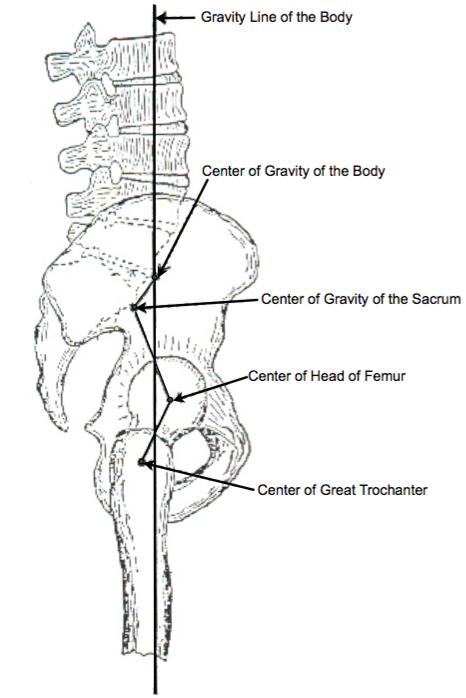Advanced Bio-Mechanics (Aquarian-Age Healing Bio-Engineering)
This course is the complete Bio-Engineering system developed by John L. Hurley, consisting of the four additional sections of his work, including his latest unpublished revisions. As in Bio-Mechanics, these are noninvasive soft-tissue techniques.
While basic Applied Bio-Mechanics (Section One) alone provides excellent results in 80-90% of cases, the additional techniques taught in this seminar can help in many of the remaining cases, sometimes to a phenomenal extent.
The course consists of a comprehensive review of basic Applied Bio-Mechanics followed by a very intensive study of Dr. Hurley’s four additional therapeutic techniques (Bio-Engineering).
Prerequisite: Applied Bio-Mechanics
The advanced techniques are very different from the basic techniques but rely on a thorough understanding and competent application of the instruction presented in the basic course.
Advanced Applied Bio-Mechanics Seminar
(Aquarian Age Healing: Bio-Engineering - Sections 2, 3, 3 1/2, and 4)
8:30 AM - 5:30 PM Monday - Wednesday; 8:30 AM - 3:30 PM Thursday
Fee: $850 (Deposit $250 due 4 weeks in advance; $600 due first day of class)
Early Payment Special: $795 if paid-in-full 4 weeks in advance of class
30 CEUs
Seminar approved for continuing education credits by Arkansas State Board of Massage Therapy and Associated Bodywork and Massage Professionals
See Schedule for exact dates and locations.
Summary of the five Sections of Aquarian-Age Healing:
Basic ABM (Bio-Mechanics - Section One) comprises the core work. The other four sections (Advanced ABM; Bio-Engineering) may be applied as needed to break through barriers or fixations to achieve progress when results with Section One reach a plateau or it is no longer effective.
Section One:
This Section utilizes a soft tissue contact, is empirical, requires minimum knowledge of anatomy. It is especially good for the rapid correction of lateral distortions and requires only a very light contact. Section One should always be used initially and continued until results are no longer obtained before other Sections are used. It should also be the next approach used after any other Section is used.
Section Two:
Determinations are made by means of palpation, and the therapist must have a good knowledge of anatomy. This method is particularly useful in the correction of lateral distortions and necessitates a little more pressure than is used in Section One. The care of unconscious or otherwise incompetent or non-ambulatory persons is possible, as it is not necessary to depend upon reports from the client in order to get results. Palpation skills are utilized to guide you in the work.
Section Three:
This is soft tissue work as in Section One with some need of a knowledge of anatomy, but little depends on palpation. It is particularly useful in the correction of antero-posterior distortions. Only very light pressure is used.
Section Three and One-Half:
This Section was developed by Dr. Hurley as an extension to Section Three for certain applications. It uses a contact that is slightly heavier than Section Three and helps correct antero-posterior and pelvic distortions. A knowledge of anatomical relationships is required for contact selection and application.
Section Four:
Determinations are made by palpation as in Section Two. This section is directly concerned with changing articular relationships and therefore necessitates a knowledge of anatomy. It helps correct lateral and rotational distortions, but is particularly adapted to the correction of antero-posterior distortion as is Section Three. Though not much pressure is used, it is more than in Sections One or Three. This method is the most direct, positive, and reasonable approach for a correction of the lumbo-sacral articulation.
COURSE OBJECTIVES
Complete a thorough review of Applied Bio-Mechanics basic concepts and procedures.
Obtain a practical hands-on knowledge of pertinent anatomical and physiological relationships required to apply the advanced techniques.
Integrate advanced methodology with basic techniques of measuring relative distortion using a plumb-bob system practical in any therapeutic program.
Obtain new tools to help break through very difficult or complex cases and situations in which the client’s therapeutic effects may have reached a plateau.
Gain the palpation skills necessary for the proper application of advanced techniques for releasing strain and producing deep relaxation.
Understand how to integrate this work with other treatment modalities.
©Ken Ladd & Shay O'Neal. All rights reserved.



